Music and dance form an inseparable part of the lives of the people of Himachal Pradesh. On every festival and auspicious occasion, be it the arrival of seasons, birth of a child or a wedding, the locals are seen celebrating by performing varied folk dance & music forms. They are heavily based on the mythological epics of Ramayana and Mahabharata and the tales of religious deities. The folk music of Himachal Pradesh displays the tribal culture and identity of the people here. It is mainly based on the ideas of love, separation, gallantry and seasons among others. In fact, every season has a unique song dedicated to it. The most famous song of Himachal is the Samskara song. Both, the folk music and dance forms in the state also showcase the cultural diversity and the religious beliefs of the people.
Himachal Pradesh is home to many tribes and their local music and dance forms. The tribals don their traditional attires and come together to perform rhythmic dances on melodious music on multiple auspicious events. The most popular folk dance in Himachal Pradesh is Nati that originated in Sirmaur District. This dance form holds a record in Guinness Book of World Record as the largest folk dance. Other than this, Bilaspuri Giddha and Kangra’s Jhamakhra are also quite popular in Himachal.
There are many folk dances that are either performed only by females or by males. Keekali is on such tribal dance that is performed by women of Himachal Pradesh, whereas, Bhangra, a folk dance of Punjab’s origin is also performed by Himachali men. The Herki Kayang dance is performed by both men and women together, the songs are usually romantic in nature. Some of the folk dances in Himachal are performed in a way to symbolize wild animals like deer and snake. In Ropa Valley’s Dalshone and Cholamba dance forms, patterns are made to form a serpent coil. In Nagas Kayang dance the movement of the snake is copied. Both lower and upper regions of Himachal Pradesh have distinct dance forms.The Kinnaur district is popular for its folk dance forms.
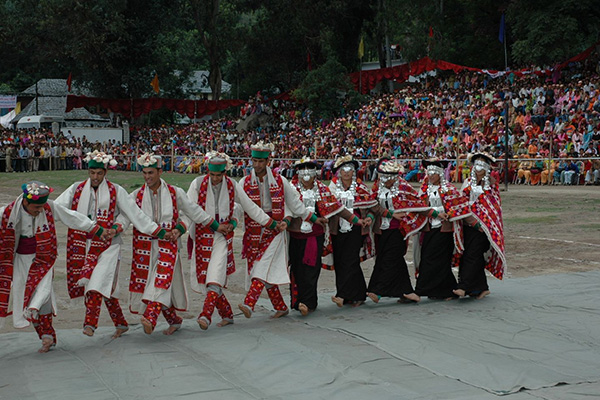
The most famous one is the Demon Dance or Rakshasa, which is performed by dancers wearing demon masks and it represents the victory of good over evil. The Losar Shona Chuksam is another traditional dance form performed in Kinnaur. It is named after the New Year festival of Losar. In the Lahaul Valley Shan and Shabbo dances are performed at Buddhist Monasteries to commemorate the Buddha. Instruments including drums, shehnai and a stringed instrument like a violin are used in these dance forms for music. The nomadic shepherd tribe called Gaddi, performs a traditional dance with sticks called the Dandras. Another famous dance form of the state is the Chham Dance, performed in the Tibetan settlement regions of Lahaul, Spiti and Kinnaur. It is a captivating dance performance by the Buddhist monks (Lamas) in monasteries during the festivals and special occasions.









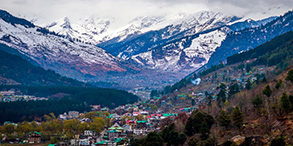


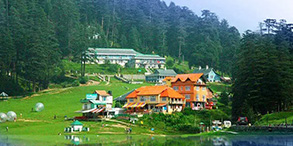
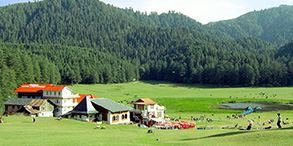
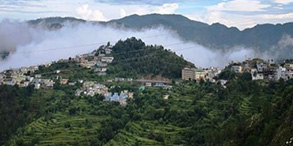
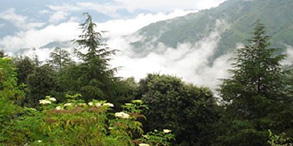
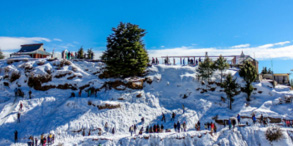


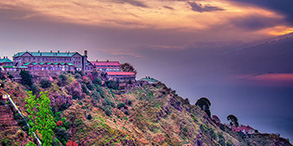
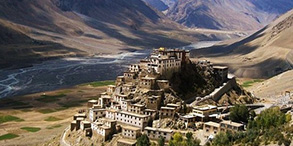
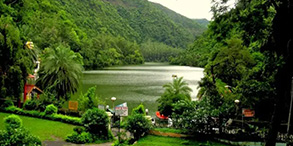
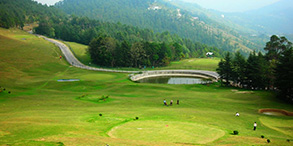


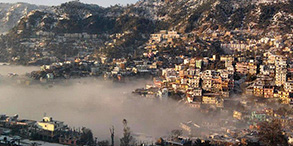
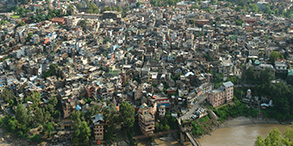
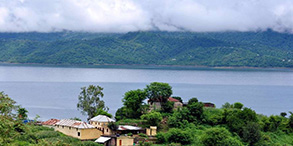
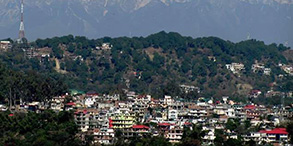
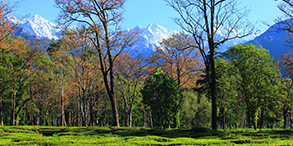
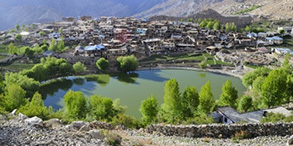
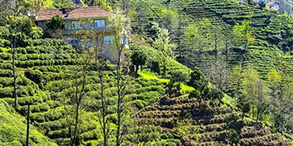
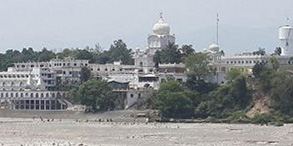

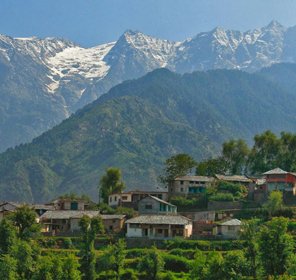

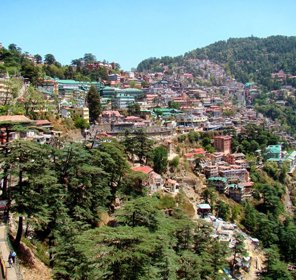

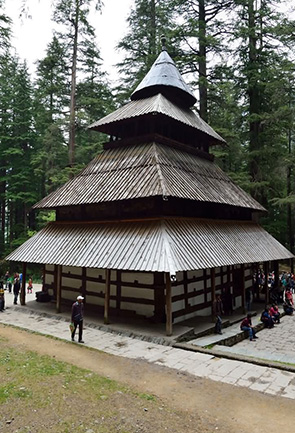
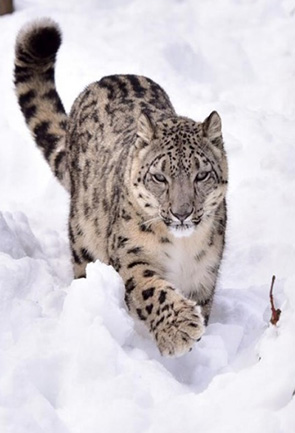

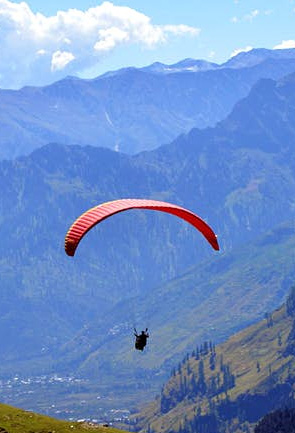

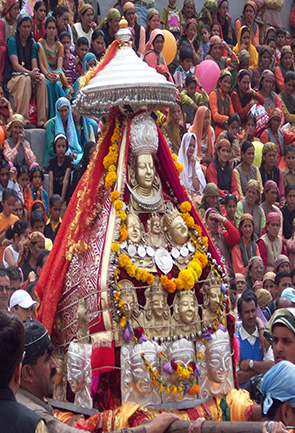
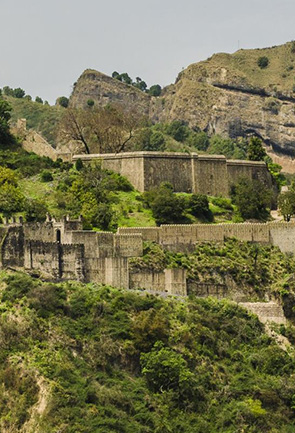



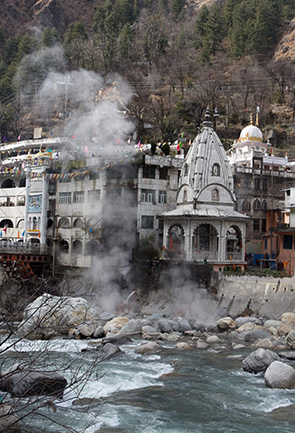
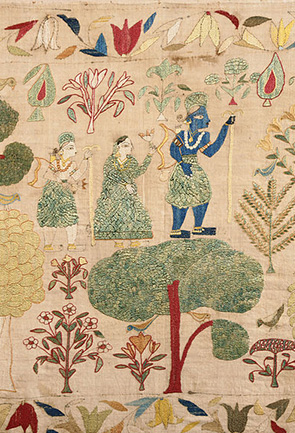


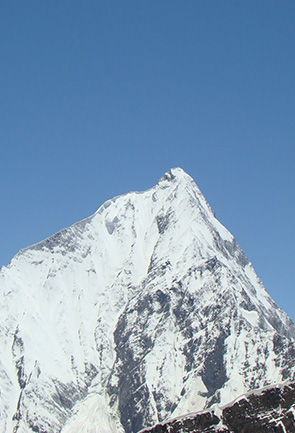


 Plan Trip
Plan Trip Call Us
Call Us Packages
Packages Home
Home